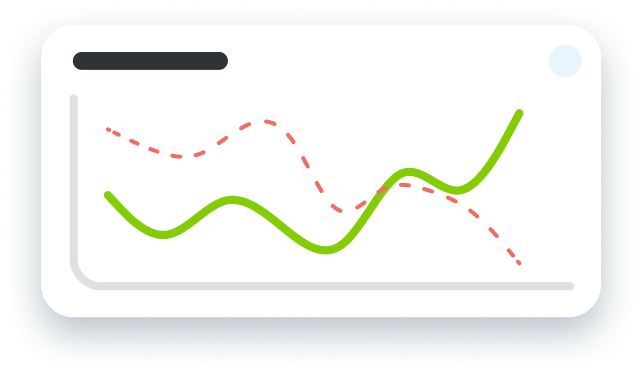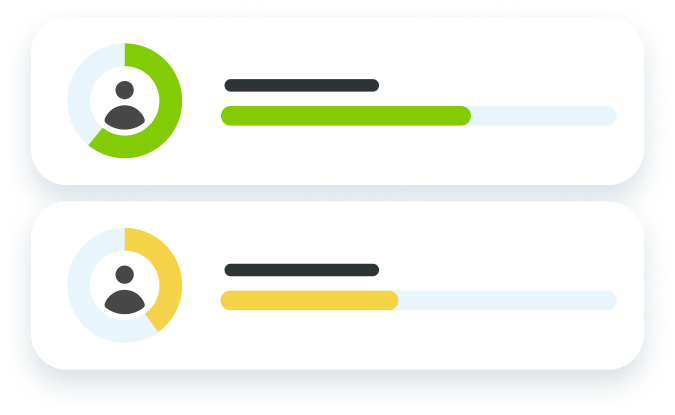


What is deep learning?
Deep learning is a form of machine learning that uses artificial neural networks, which are inspired by the structure and function of the human brain, to solve complex problems. Deep learning algorithms learn to recognise patterns in large amounts of data by iteratively processing and analysing it through multiple layers of interconnected nodes, called neurons.
These neural networks are trained using large sets of labelled data, allowing them to make predictions or decisions about new, unseen data. Deep learning has been used to achieve breakthroughs in various fields, such as computer vision, natural language processing, and speech recognition, and has enabled the development of autonomous vehicles, recommendation systems, and other AI applications.
cloudapps Deep Learning
Why deep learning?
Deep Learning is one of the most exciting machine learning methods available today. It is the type of technology that organisations such as Google, Amazon and Microsoft are investing heavily in, and we too believe it holds incredible capabilities. It is the most flexible and powerful type of machine learning available today, and is used to power applications such as ChatGPT, autonomous vehicles and robotics.
Many AI models require bespoke data processing techniques from data scientists to extract meaningful features that the model can learn from. However deep learning does not require this level of data processing or formatting to achieve effective outputs. It can take any dataset, adjust and optimise itself accordingly and, with minimal interaction, generate the analysis and predictions required of it.
The benefit of this is that it is not reliant on the skills and knowledge of the data scientist. Instead, it is able to analyse data and determine for itself what features are important. This can bring new insights and a deeper understanding of the data that might not have been achieved otherwise.








cloudapps Deep Learning
Deep learning with tabular data
Tabular data is data that is organised in a table-like structure, with rows and columns, and is commonly found in spreadsheets or relational databases.
Traditionally, tabular data has been analysed using statistical and machine learning methods such as linear regression, decision trees, and random forests. However, deep learning models such as feedforward neural networks, convolutional neural networks, and recurrent neural networks can also be used to process and analyse tabular data.
One of the challenges of using deep learning with tabular data is that the data is often sparse and high-dimensional, which can make it difficult to train a deep neural network efficiently. To address this challenge, techniques such as feature engineering, regularisation, and batch normalisation can be used to improve the performance of deep learning models on tabular data. Additionally, specialised deep learning architectures, such as those developed at Cloudapps as well as others like TabNet, have been designed specifically for tabular data and have shown promising results in various applications.
cloudapps Deep Learning
Start small and still achieve valuable insights
Whilst it is generally the case that most deep learning platforms require huge volumes of data to deliver desired outputs, at Cloudapps we have developed techniques that make deep learning viable even with small volumes of data. So even if you are starting with a limited dataset, you can rest assured that the Cloudapps revenue intelligence platform will still deliver reliable results.




Deep learning in Sales and Marketing
Deep learning can be a powerful tool for many common use cases in sales and marketing such as predicting sales, measuring pipeline health and recommending products.
Deep learning models can be used to analyse various factors that influence sales, such as customer behaviour, marketing campaigns, and economic conditions. For example, a deep learning model could be trained on historical sales data along with data on advertising spend, website traffic, and social media engagement, to predict future sales figures.
One approach for using deep learning to predict sales is to use a feedforward neural network. This type of neural network has multiple layers of neurons, and can learn complex relationships between input variables and output variables. In the case of sales prediction, the input variables could be factors that affect sales, such as customer demographics, product pricing, and marketing campaigns, while the output variable would be the sales figures.
Another approach is to use a recurrent neural network, which is well-suited for analysing time series data. Sales data is often time-dependent, with trends and patterns that change over time, and a recurrent neural network can capture these dynamics and make accurate predictions.
Deep learning at Cloudapps
At Cloudapps we specialise in the development of deep learning techniques for use with relatively small tabular datasets and apply them to the field of sales and marketing to create bespoke systems capable of making accurate predictions and recommendations.
We have utilised discoveries from deep learning research in other domains such as nlp and computer vision in conjunction with our own research that have led to significant improvements in feature engineering, regularisation, normalisation, training schedules and embedding layers.
Each model has its architecture dynamically created based on the characteristics of the dataset that is used for training and is therefore optimised for your sales organisation. All our models are subject to a method of introspection which analyses its internal structure and allows for the analysis of the importance and contribution of individual features used in the training process.
Getting the most out of your Deep Learning platform
To be able to get the most out of any revenue intelligence platform, you need to understand how your insights have been derived. And when highly advanced technology is used, this is more important than ever.
We’ve spent a great deal of time enhancing our platform with ‘explainable ai’. For every insight or prediction generated we’ve provided the ability to see how the results are derived. By understanding what is influencing your predictions or scores, and to what extent, you can have full confidence in the accuracy of the insights to inform decision-making.
cloudapps Sales Forecasting
Start forecasting with confidence








Want to increase sales with revenue intelligence?
GET STARTEDHelping sales executives forecast, predict & improve sales results using artificial intelligence and behavioural science.
Helping sales executives forecast, predict & improve sales results using artificial intelligence and behavioural science.


